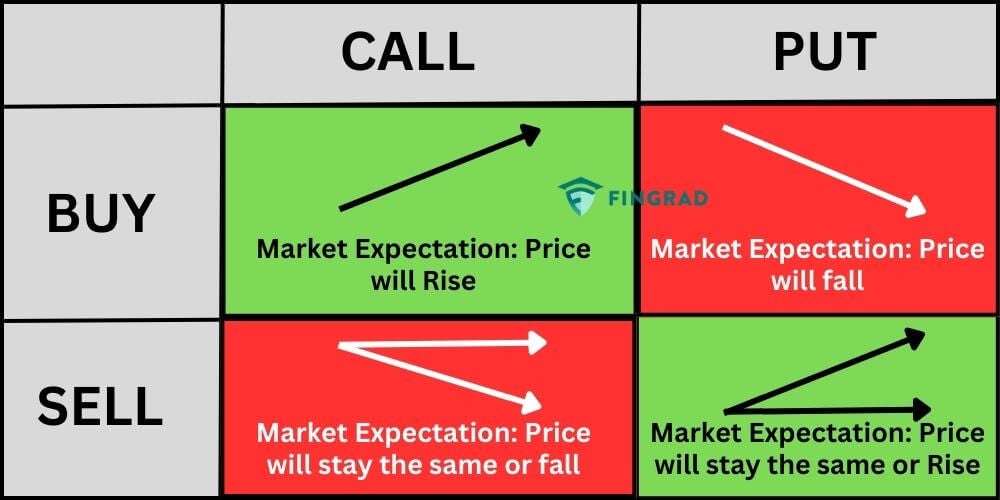In the astute world of financial markets, where fortunes are forged and lost in the blink of an eye, the enigma of option theory and trading beckons the bold. They offer a tantalizing blend of risk and reward, allowing investors to navigate the turbulent waters of volatility with deft precision. Embark on this captivating journey as we delve into the vast expanse of option theory and trading, unlocking the secrets to empowering your financial endeavors.

Image: tradebrains.in
Cracking the Code of Options and Trading
Options, the enigmatic instruments of the financial realm, bestow upon their holders a privileged status: the right, not the obligation, to buy or sell an underlying asset at a predetermined price on or before a specific date. Their allure lies in their ability to mitigate risk and leverage opportunities, making them a formidable weapon in the arsenal of savvy traders. With this newfound knowledge, let’s dissect the fundamentals of option theory and trading, empowering you to navigate the treacherous financial seas with confidence.
Laying the Foundation: Basic Concepts and Terminologies
Before venturing deep into the intricacies of option theory and trading, let’s establish a solid foundation with an understanding of its fundamental concepts and terminologies. An option grants the holder the right, not the obligation, to buy (in the case of a call option) or sell (in the case of a put option) the underlying asset at a predefined exercise price on or before a set expiration date.
When you purchase an option, you acquire this right, but you are not obligated to exercise it. You may choose to exercise your option only if the underlying asset’s price moves in a favorable direction. However, you have the flexibility to let the option expire worthless, resulting in the loss of your initial investment.
Call Options: Riding the Bullish Wave
Call options are the embodiment of bullish enthusiasm, representing an unwavering belief that the underlying asset’s price will soar to greater heights. With these options in your arsenal, you acquire the right to purchase the asset at a predetermined price, the exercise price, on or before the expiration date.
The potential rewards of call options are as tantalizing as they are precarious. If the underlying asset’s price rallies, you can exercise your option to buy the asset at the lower exercise price and sell it in the open market for a tidy profit. However, if the asset’s price plunges, your option will expire worthless, leaving you with the bitter taste of a lost investment.

Image: www.pinterest.com
Put Options: Hedging Against the Bearish Storm
In the face of looming bearish clouds, put options emerge as a sanctuary for risk-averse traders. They represent a shrewd strategy to protect your investments from the relentless onslaught of falling asset prices or even to wager on their decline.
Armed with a put option, you acquire the right to sell the underlying asset at a predetermined price, the exercise price, on or before the expiration date. If the asset’s price indeed embarks on a downward spiral, you can exercise your option to sell the asset at a higher price than the current market value, safeguarding your wealth.
The Dynamic Duo: Risk and Reward
The enchanting world of option theory and trading is a captivating dance between risk and reward, where the allure of great returns is tempered by the threat of potential losses. Each type of option, be it a call or a put, possesses its own unique risk and reward profile.
Call options offer the enticing prospect of unlimited profits if the underlying asset’s price skyrockets. However, they also carry the inherent risk of complete loss if the asset’s price plummets. Conversely, put options provide the comfort of defined risk, as the maximum loss is capped at the premium paid for the option. Yet, they also limit potential profits to the difference between the exercise price and the asset’s price at expiration.
Unveiling the Secrets of Option Pricing
Deciphering the intricate secrets of option pricing is tantamount to cracking the financial enigma code. The Black-Scholes-Merton model reigns supreme as the industry standard for valuing options. This mathematical masterpiece takes into account a symphony of influential factors, including the current asset price, the exercise price, the time to expiration, the prevailing interest rates, and the asset’s volatility.
With the Black-Scholes-Merton model as your trusty guide, you can unravel the mysteries of option pricing, gaining a competitive edge in the bustling financial markets.
Option Theory And Trading
:max_bytes(150000):strip_icc()/BuyingPuts-d28c8f1326974c16807f23cb32854501.png)
Image: www.pelletplus.hu
Conclusion: Empowered Decision-Making and Informed Investing
Delving into the depths of option theory and trading has equipped you with a wealth of knowledge and strategies to navigate the treacherous waters of financial markets with newfound confidence. Options, with their inherent risk and reward dynamics, offer an unparalleled tool for risk management and profit generation. Wisdom lies in mastering the art of crafting tailored trading strategies that align with your personal risk tolerance and financial goals. May this newfound knowledge guide you as you embark on your journey to financial empowerment.






